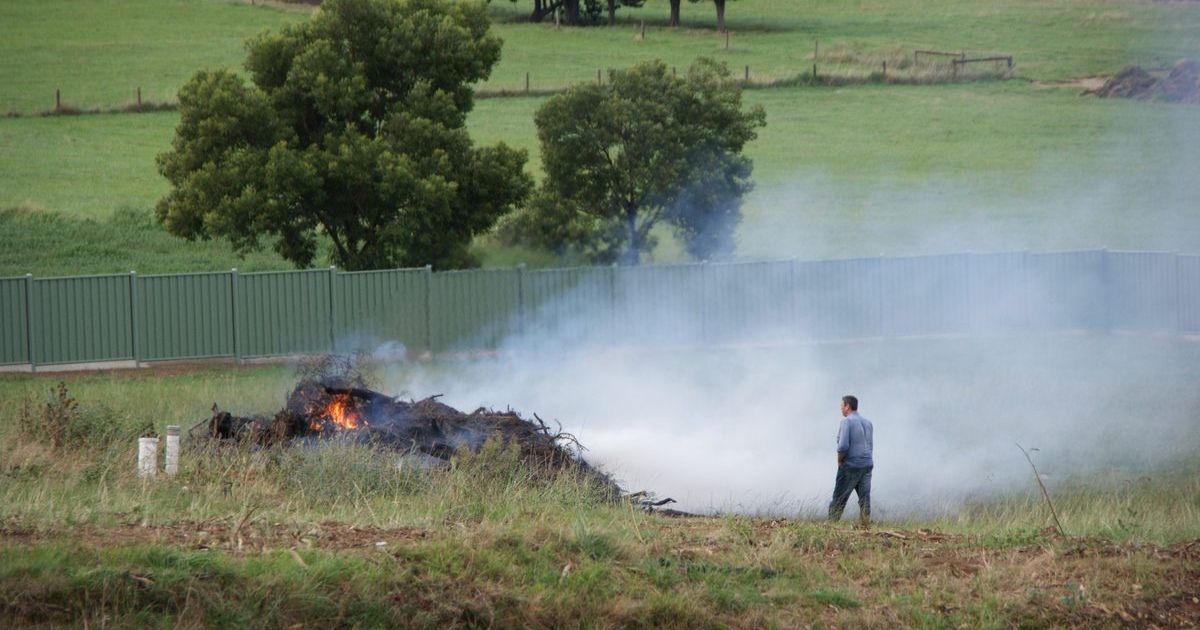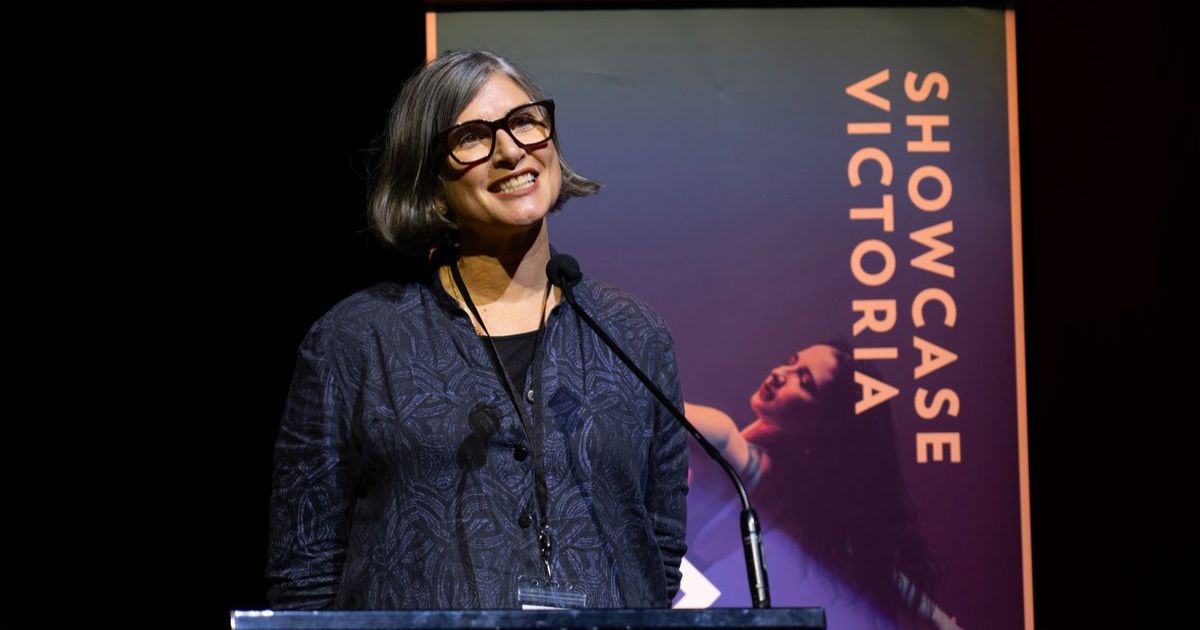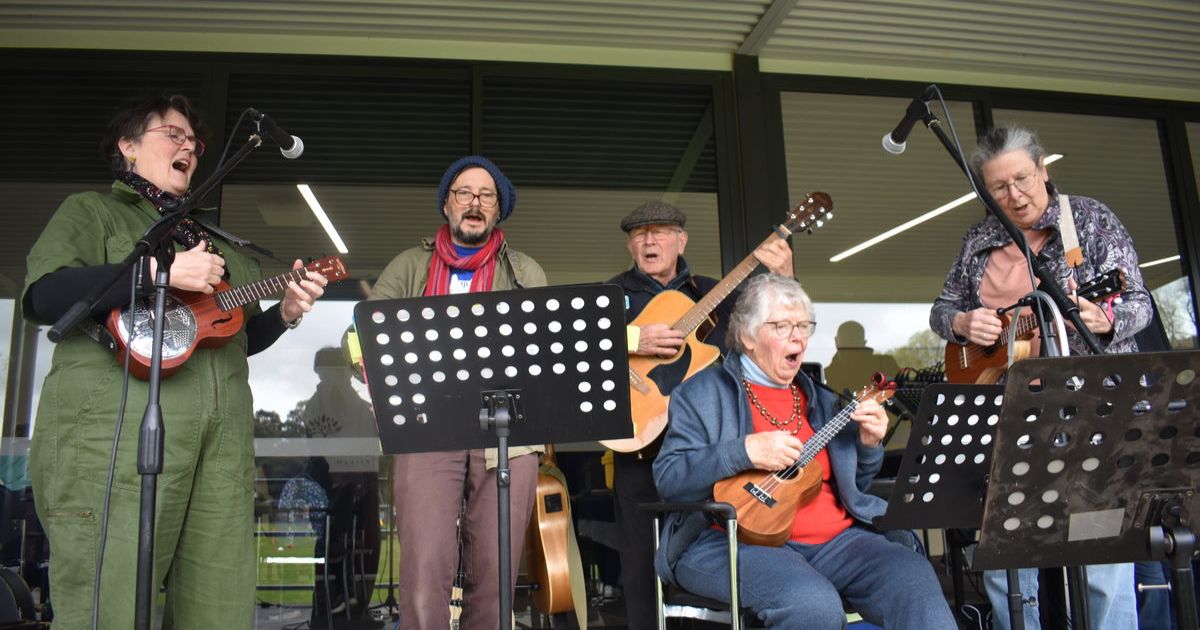Urgent care centre growing

Urgent assistance: The Bendigo Priority Primary Care Centre offers an alternative to the local hospital emergency departments. Photo: SUPPLIED
AN offshoot of Bendigo Primary Care Centre that’s seeking to relieve pressure off emergency department presentations now has more than twenty general practitioners on its roster.
The Priority Primary Care Centre was opened last June and now sees approximately 250 to 300 patients per week who need urgent, though non-critical, care according to general manager Callum Wright.
The centre works closely with other local medical services, such as Bendigo Health, Murray Primary Health Network, and Ambulance Victoria, and is funded by the State Government.
The consultations are bulk billed to Medicare cardholders or free for those without a card, and patients do not have to be registered with a GP to receive treatment.
Mr Wright said while the centre now has a substantial roster of GPs, nurses, and support staff, recruitment is still ongoing, and most staff pick up extra shifts on top of work regular hours.
“We’ve been very careful, and are continuing to be very careful, that we’re not seeking GPs to replace work they’re otherwise doing in the system,” he said.
“I’m actually pretty proud at the moment with where we’re at, that bar one GP of our own… every GP working here is actually doing added hours in the system, not substituting hours from their own clinic.
“We built the model around supporting the local primary care system.”
Mr Wright said patients with ongoing issues such as diabetes and cardiovascular health should book in with their GP unless urgent.
Consultations at the Bendigo Primary Care Centre are intended for same-day treatments like for issues like burns, rashes, simple infections, suspected fractures, or sprains.
Mr Wright said while doctors’ clinics should be able to offer same-day services for urgent cases, but this is now rarely the case.
He said centres such as PPCC are important in helping bridge the gap between the current need and availability of medical services.
“It’s my understanding that in Australia we’re going to be 10,000 GPs short by 2030,” said Mr Wright.
“We also know that anyone who goes through the training today isn’t going to come out as a GP by 2023, it takes that long.
“We’ve got some challenges coming and we’ve got to start doing some things a bit differently.”

















